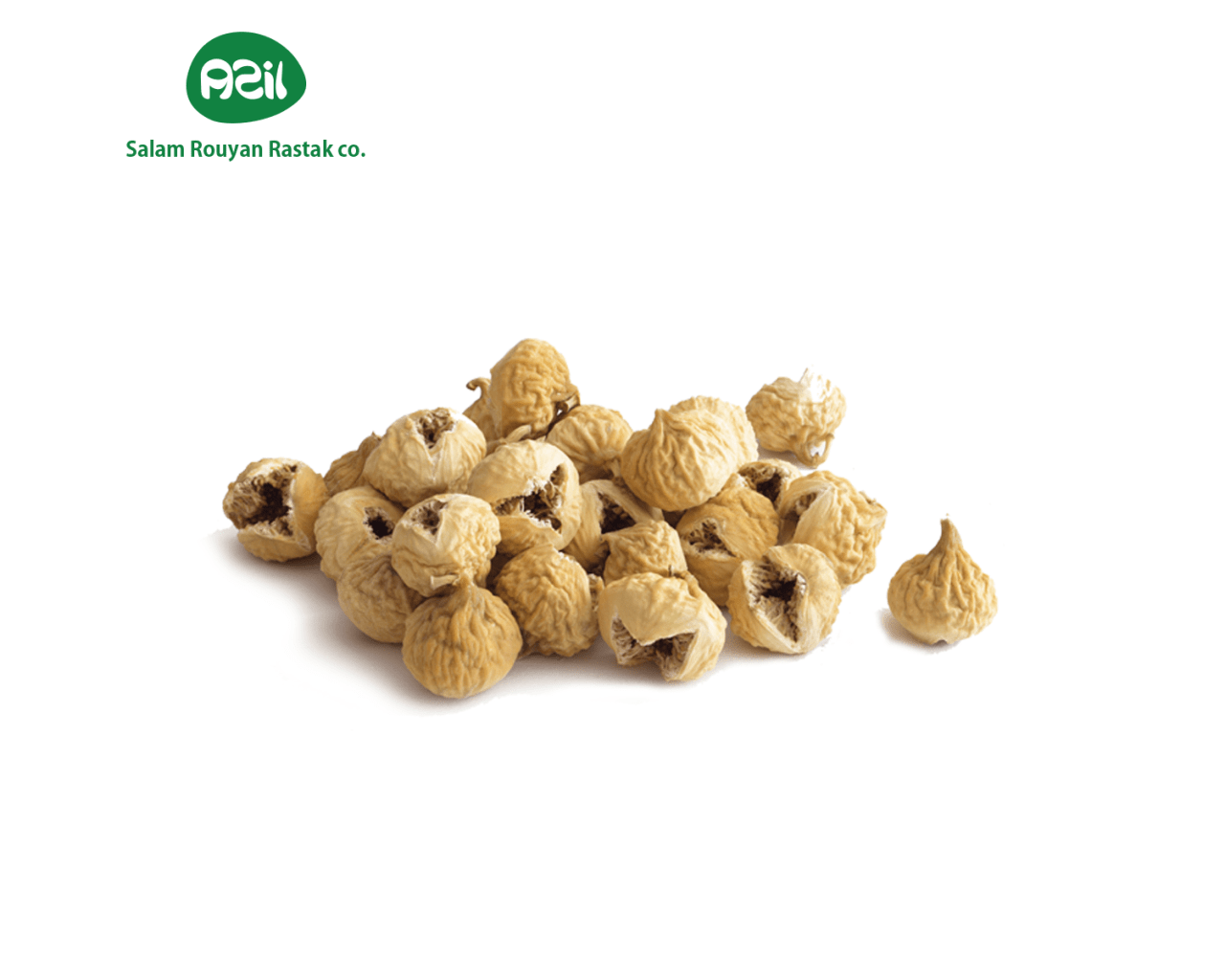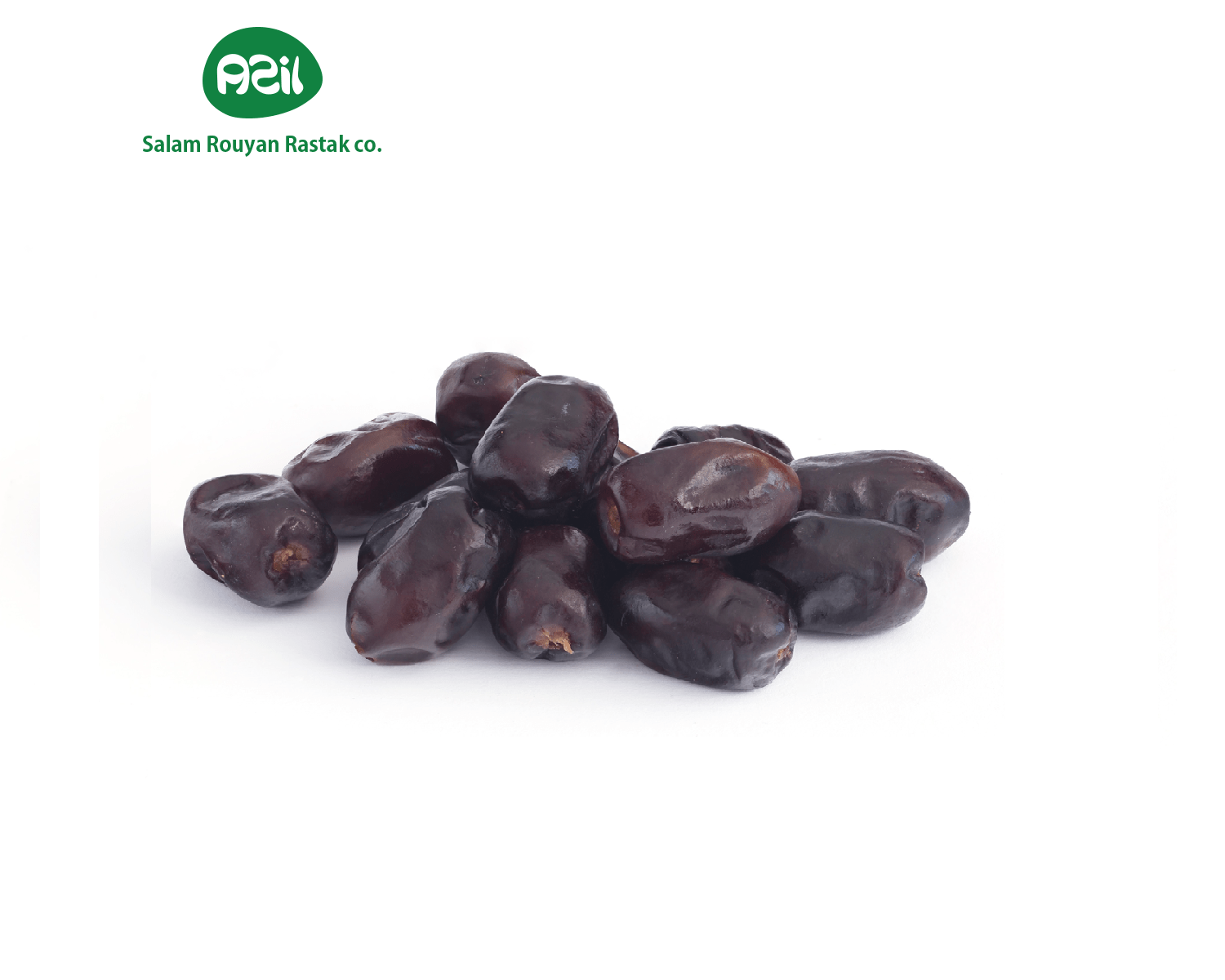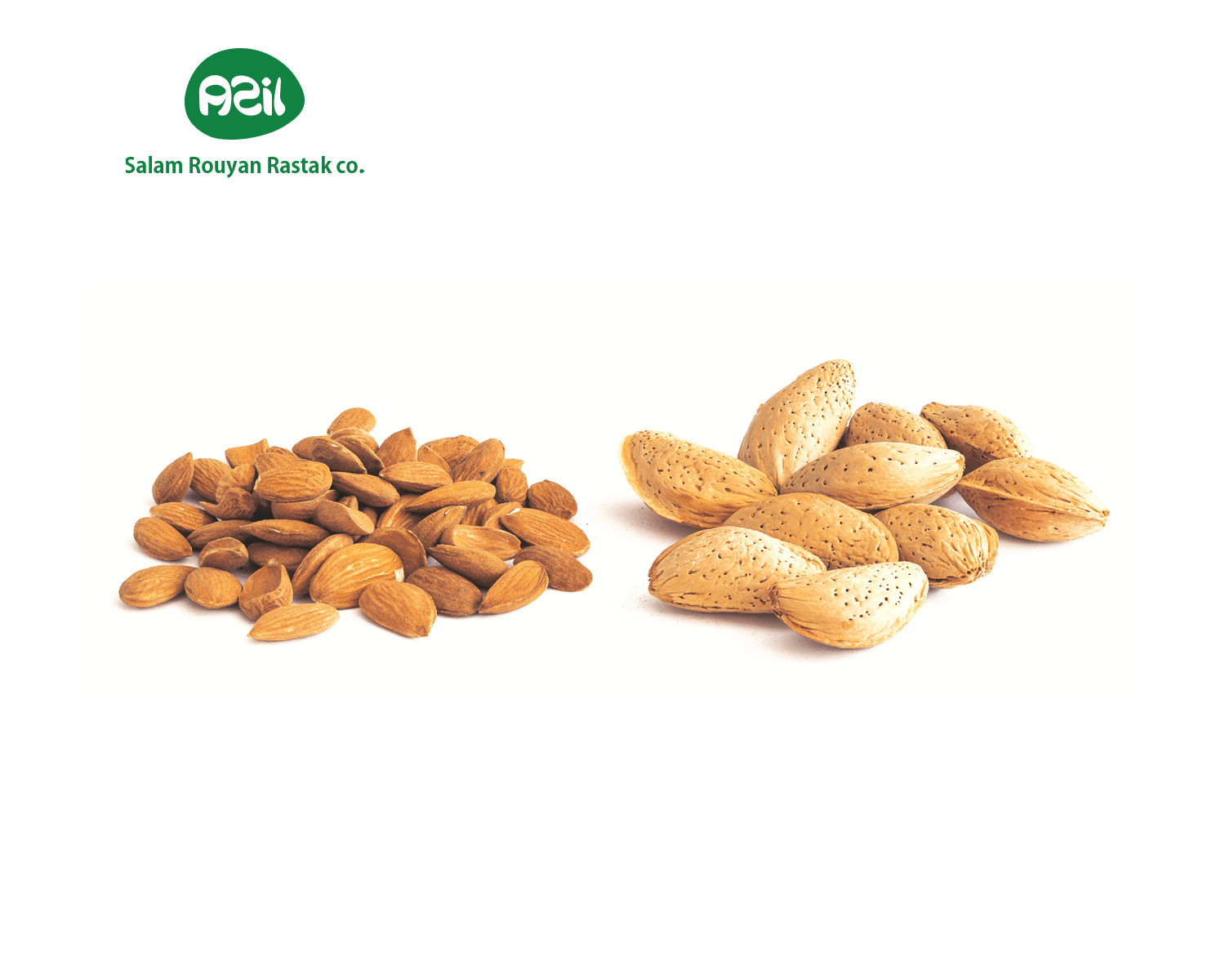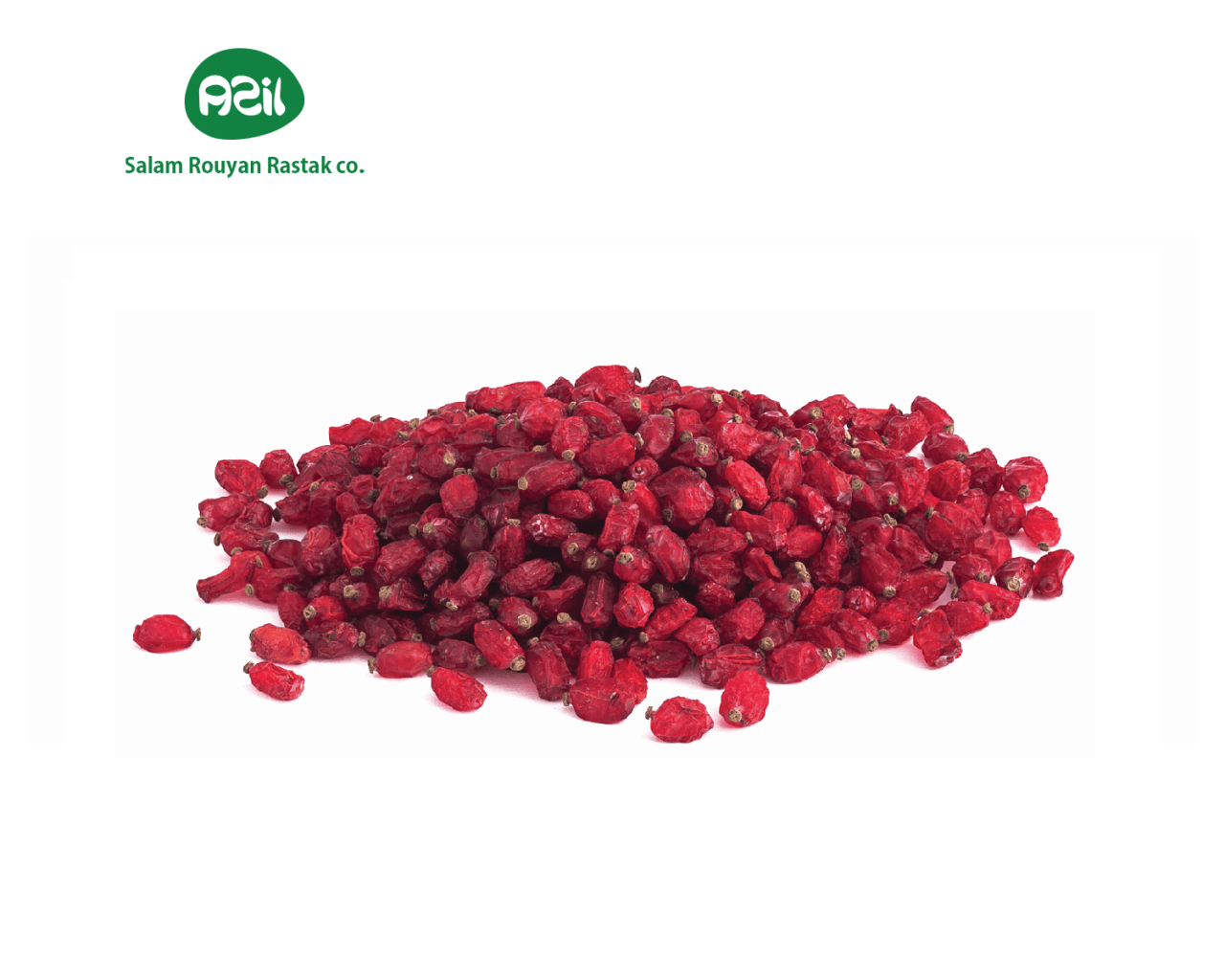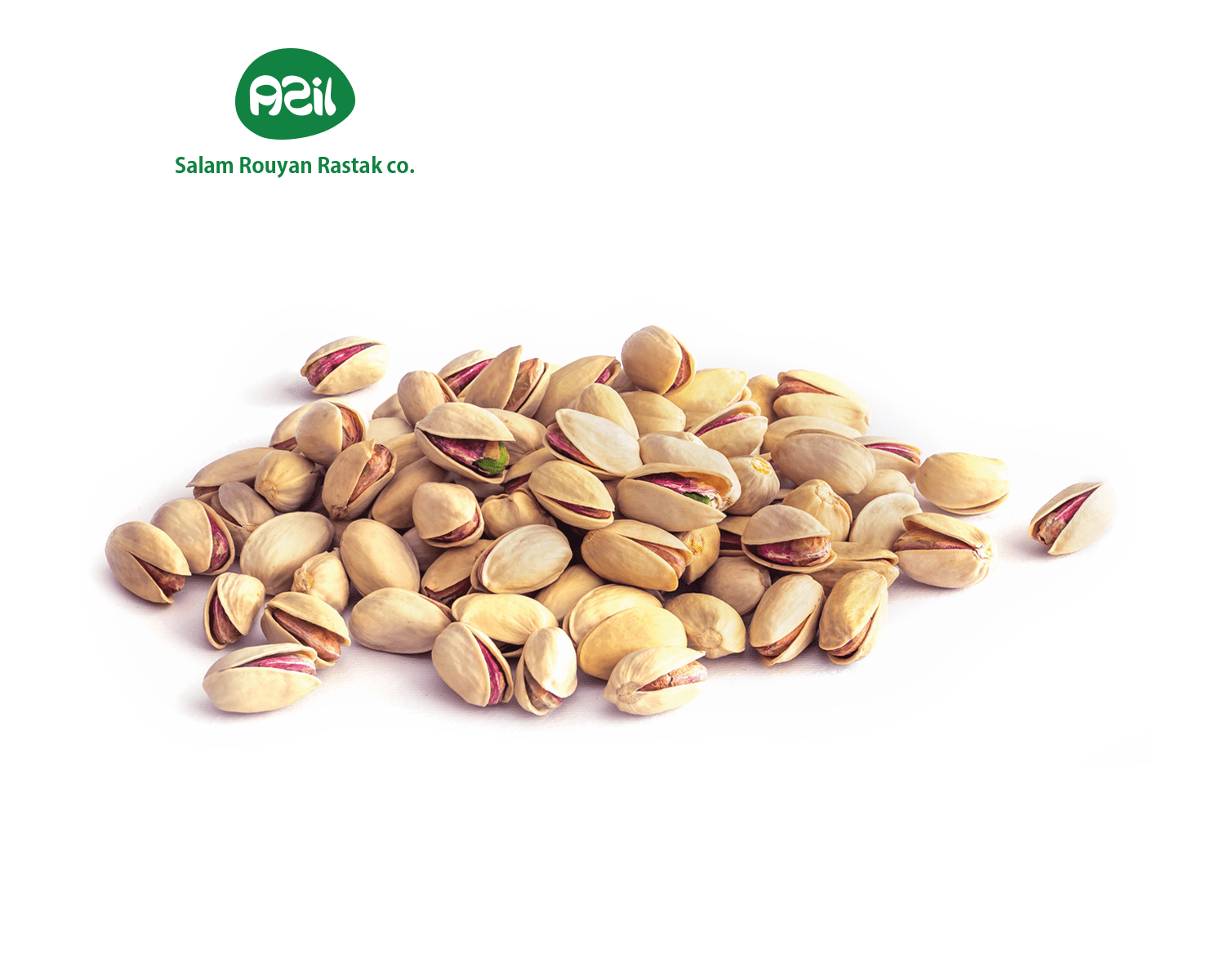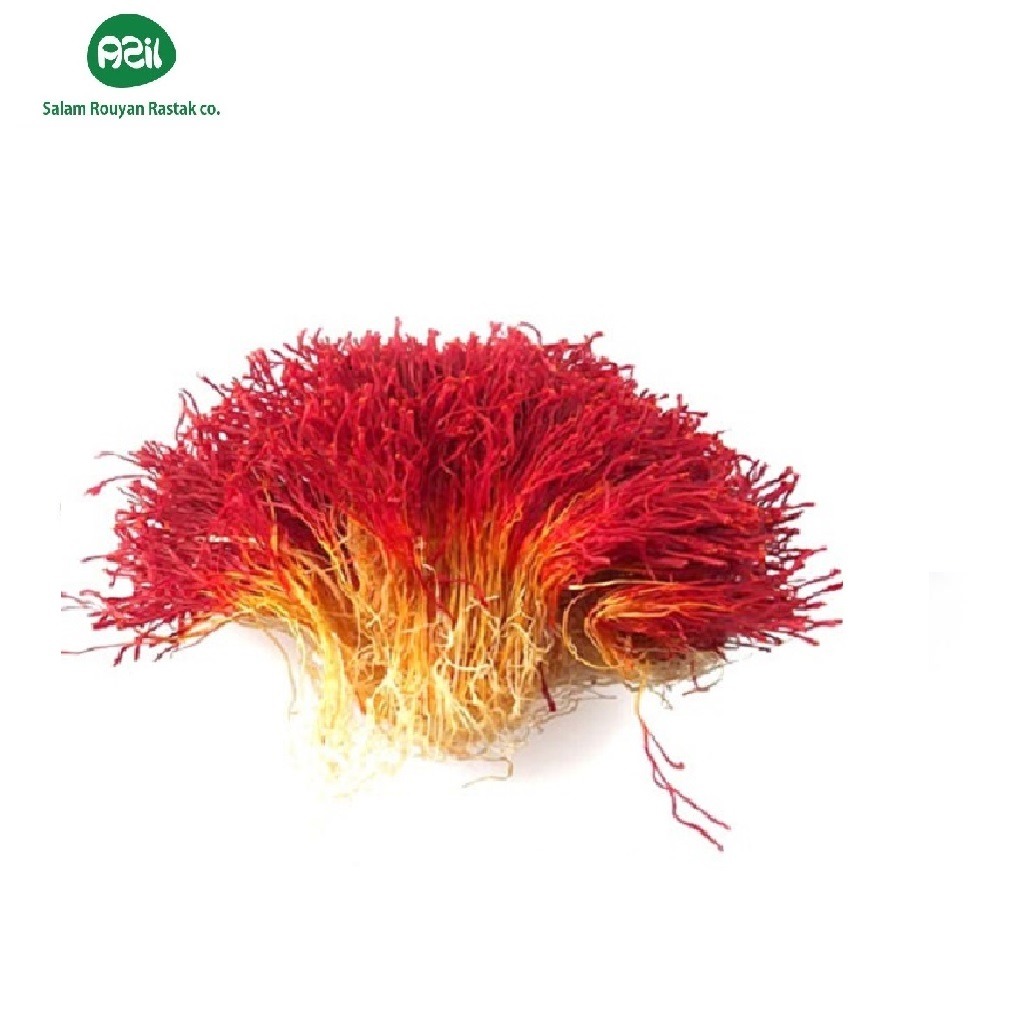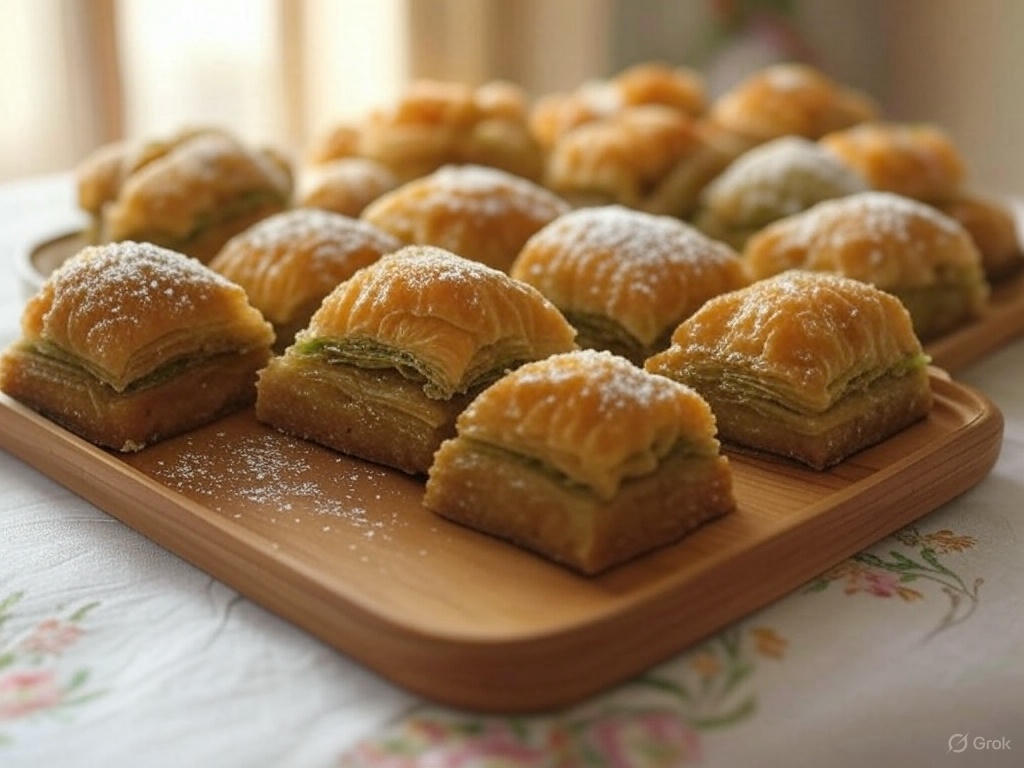-
May 08 2025 Persian Walnuts in Harvest Festivals
Persian walnuts, with their robust flavor, bring warmth to Iran’s harvest festivals. Known as “gerdoo,” these nuts celebrate the season’s bounty with tradition. For example, families share them during rural feasts to give thanks for the year’s yield. This article explores how Persian walnuts enhance harvest festival customs, their cultural significance, and their health benefits. […]
-
May 07 2025 Persian Figs in Summer Picnics
Persian figs, with their luscious sweetness, bring delight to Iran’s summer picnics. Known as “anjeer,” these fruits are a refreshing treat under the warm sun. For example, families pack them fresh for outdoor feasts to enjoy nature’s bounty. This article explores how Persian figs enhance summer picnic traditions, their cultural significance, and their health benefits. […]
-
May 06 2025 Persian Dates in Nowruz Rituals
Persian dates, with their natural sweetness, play a vital role in Iran’s Nowruz rituals, welcoming spring with tradition. Known as “khorma,” these fruits symbolize abundance on the haft-sin table. For example, families offer them with nuts to mark the Persian New Year with joy. This article explores how Persian dates enhance Nowruz practices, their cultural […]
-
May 05 2025 Persian Almonds in Autumn Desserts
Persian almonds, with their creamy richness, bring warmth to Iran’s autumn desserts. Known as “badoom,” these nuts enhance seasonal sweets during cozy months. For example, families use them in halva to celebrate Yalda Night with sweetness. This article explores how Persian almonds elevate autumn dessert traditions, their cultural significance, and their health benefits. We’ll also […]
-
May 04 2025 Persian Barberries in Dinner Recipes
Persian barberries, with their tangy burst, elevate Iran’s dinner recipes with vibrant flavor. Known as “zereshk,” these dried berries add a unique zest to evening meals. For example, families use them in zereshk polo to create a savory-sweet dish for gatherings. This article explores how Persian barberries enhance dinner traditions, their cultural significance, and their […]
-
May 03 2025 Persian Pistachios in Eid al-Fitr Celebrations
Persian pistachios, with their vibrant green crunch, bring joy to Iran’s Eid al-Fitr celebrations. Known as “pesteh,” these nuts mark the end of Ramadan with festive flavors. For example, families serve them roasted during gatherings to share happiness after fasting. This article explores how Persian pistachios enhance Eid traditions, their cultural significance, and their health […]
-
May 02 2025 Persian Saffron in Wedding Ceremonies
Persian saffron, with its golden glow, enhances Iran’s wedding ceremonies with elegance and tradition. Known as “zaferan,” this spice symbolizes joy and prosperity for the couple. For example, families use it to dye bridal veils for good fortune during the ceremony. This article explores how Persian saffron elevates wedding rituals, its cultural significance, and its […]
-
May 01 2025 Persian Fresh Dates in Ramadan Traditions
Persian fresh dates, with their juicy sweetness, are a cherished part of Iran’s Ramadan traditions. Known as “rotab,” these fruits are used to break the fast at iftar. For example, families pair them with tea to mark the end of daily fasting with nourishment. This article explores how Persian fresh dates enhance Ramadan practices, their […]
-
Apr 30 2025 Unhealthy Persian Foods to Avoid
Unhealthy Persian foods, despite their appeal, can harm well-being if consumed often in Iran’s diets. Known for high sugar or fat, items like some sweets pose risks over time. For example, excessive intake of shirini tar can lead to health issues like obesity. This article explores how unhealthy Persian foods affect health, their cultural context, […]
-
Apr 29 2025 Persian Currants in Winter Snacks
Persian currants, with their intense sweetness, add joy to Iran’s winter snacks. Known as “maviz,” these dried grapes are a cozy treat during cold months. For example, families mix them with nuts on Yalda Night to celebrate the longest night. This article explores how Persian currants enhance winter traditions, their cultural significance, and their health […]


